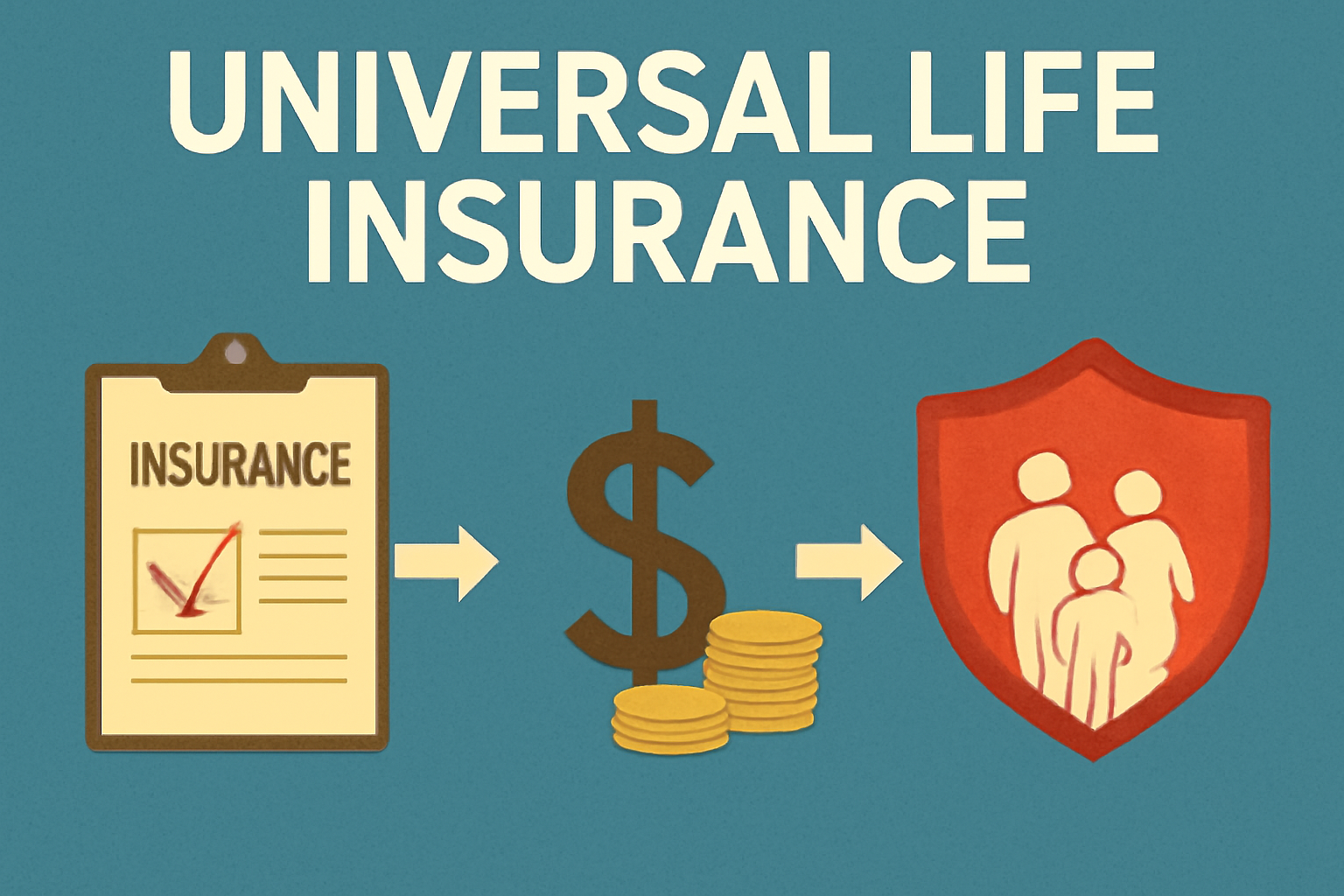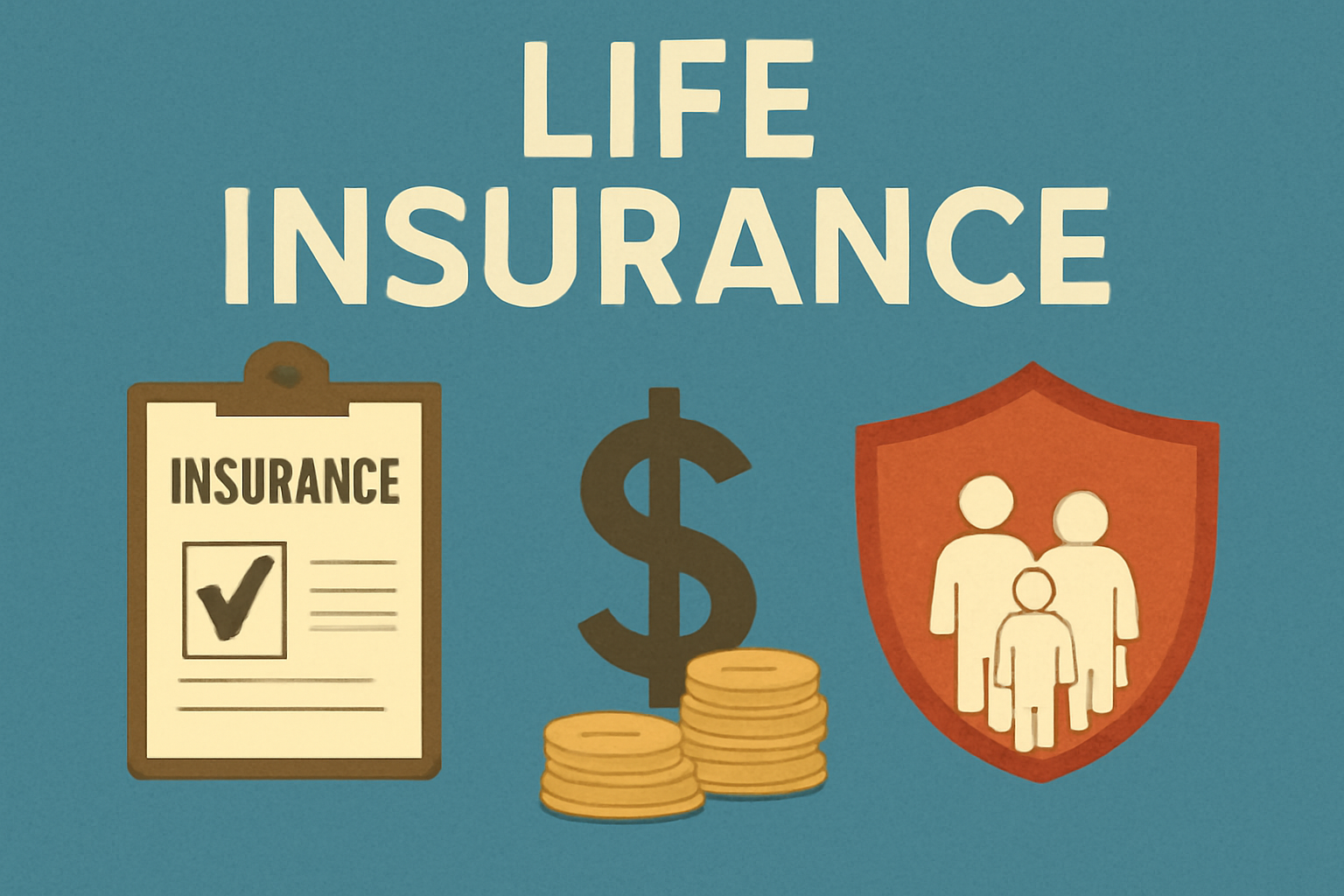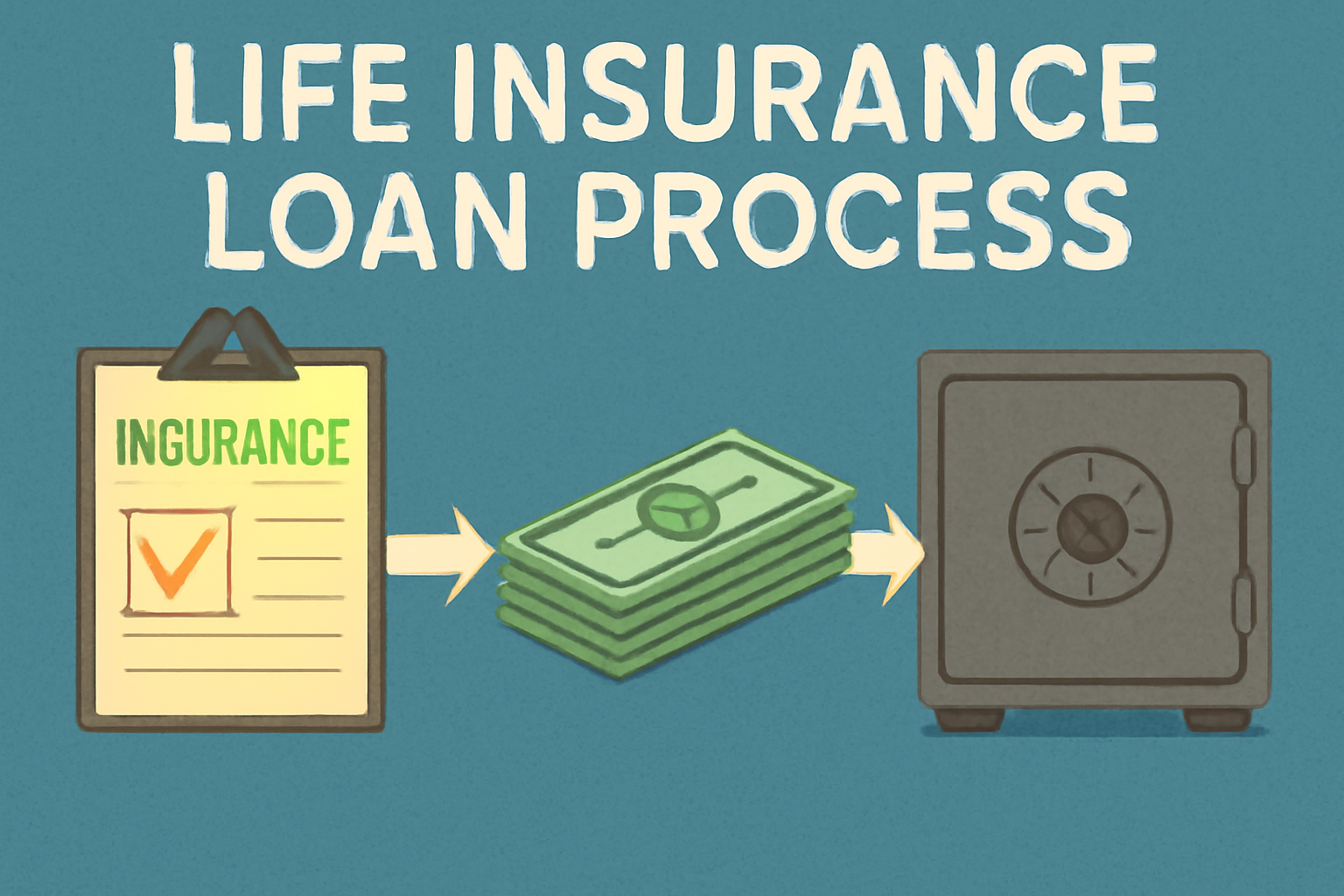Before the rapidly rising interest rates in the late 1970s and early 1980s, life insurance consisted primarily of term life insurance and whole life insurance (and those sophisticated, now-extinct savings contracts). However, as interest rates soared and insurance companies lagged significantly behind, many began to sharply criticize the industry for offering such low returns compared to deposit insurance and other interest-based savings.
The industry claimed that its dividend payments were due to policy loans that did not change the dividend paid (essentially a withdrawal without withdrawal) and required a lower dividend payout. Nevertheless, the spread was quite large, and many investors began taking out large policy loans and investing the money in other savings products with significantly better short-term returns.
Some companies attempted to counteract the interest rate environment by changing their dividend payouts. Guardian Life Insurance Company of America played a key role in changing dividend payouts by pioneering the so-called direct recognition method to compensate for the interest rate differential.
They paid a higher dividend by addressing the fear of all insurance companies: cash outflows from policies. Guardian therefore began paying higher dividends when the money remained in the policy, reducing the dividend to the borrowed value of the policy.
Others in the industry chose a different approach. Instead of changing the dividend treatment, they decided to develop a new product. A product that removed the guarantees of whole life insurance but offered the opportunity to earn more money from the policy’s cash value if interest rates continued to rise. This new product was called universal life insurance.
Definition of universal life insurance
Universal life (UL) insurance is often described as term life insurance, and that’s a pretty accurate description. It’s a term life insurance policy with an attached savings account. As long as there’s money in that savings account and/or the outstanding costs of the life insurance component are paid, the policy remains in effect (in comparison, term life insurance policies typically have an age limit beyond which the policy can no longer be renewed).
The term component works like an annually renewable term (increasing incrementally each year). It starts very inexpensively and becomes increasingly more expensive as you age. However, once you’ve accumulated a significant amount of money in your UL policy, there’s a good chance that the annual interest earned will more than cover the premiums due.
The interest rate is set by the insurance company that issued the policy and usually remains at market rates. Most companies offer an increase after a certain term (usually 10 years). This increase varies but is typically in the range of about 50 basis points.
No dividends are paid on a UL policy, but rather interest is credited to the cash portion of the account. However, this does not mean that the insurance company cannot pass on a higher-than-expected investment return or higher-than-expected mortality experience. If an insurance company wishes to do so, it does so in two ways: either by reducing the term life insurance cost or by increasing the interest rate credited to the policy.
Of the three main types of life insurance, UL is by far the most complex. It involves numerous peculiarities and technical terms. For a newbie, it can sometimes seem very intimidating when first encountering the product, but once you analyze it, the basics are… well, simple, and fairly easy to find.
Different Premiums?
One of the most confusing features of UL is the many different premiums listed in one chart. There’s the target premium, the scheduled premium, the secondary guaranteed premium (sometimes called the guaranteed premium), the 7-payment premium, and usually a term premium. Here’s what they all mean:
Target Premium
The target premium is the target premium calculated by the insurance company to maintain the policy’s death benefit until the target endowment age (121) is reached. Endowment means something different than the term used in the context of whole life insurance. And “Endowmented UL” typically refers to a policy whose death benefit remains in place without further premium payment. An important distinction must be made here.
When a UL contract is “endowed,” or issues a premium required to endow it, the calculated contract is based on several factors that are not guaranteed. Rather, these factors are based on current conditions and are subject to change. Therefore, it’s entirely possible that the required premium to fund the plan will be lower, but it’s also very possible that it will be higher (ask someone who purchased a UL policy in the late 1980s/early 1990s). To minimize this uncertainty, UL premiums can be calculated based on a variety of different assumptions.
Mechanically, performance is influenced by the policy interest rate (also called the credit rate, i.e., how much the money grows) and the cost of insurance (COI, i.e., how much the insurance component costs). If the COI increases more than planned (rare) and the credit rates decrease (occasionally), the assumed premium required to provide for retirement at age 121 increases, and vice versa.
Planned Premium
The planned premium is simply the premium that the insurance agent specified in the inputs to the illustration (if this was done). This premium may be missing from an illustration if the agent never specified a premium (no big deal).
Even if the agent specified different premiums (for example, a high premium at the beginning and a lower premium in later years, or vice versa), the illustration typically only shows the projected premium for the first year in which the different premiums are listed.
The schedule of projected premiums (if specified) is shown in the general ledger section of the illustration below the premium column.
Secondary Guaranteed Premium
Most UL contracts contain some type of secondary guarantee. A secondary guarantee is a premium amount that must be paid to guarantee the death benefit, regardless of the traditional requirements to maintain a UL (insurance costs are paid/money stays in the policy), such as with a fixed-sum term life insurance policy.
The secondary guarantee period is typically 5 to 15 years, after which the guarantee expires. The SG premium is usually the lowest premium on the premium list, and the insured can usually pay less than this premium. However, if the conditions for maintaining the policy are not met, the policy will lapse.
Pay 7 Premiums
The 7-Pay Premium is the maximum premium that can be paid within the first 7 years without the contract becoming a modified endowment contract. There’s not much to discuss here; this premium is calculated at each contract maturity and remains unchanged unless the contract undergoes significant changes.
Endowment Premium
Sometimes a special payout premium is calculated, such as for a 10- or 20-year payout. This is simply the amount of premium that would have to be paid to pay out the contract after the specified number of years. Again, this is not a guarantee, but simply a calculation based on an assumed accrual rate and assumed death benefit costs.
Further Information
Flexibility is generally the key feature of universal life insurance. The premium paid can be as low as the cost of insurance or as high as the insured/contract owner is comfortable spending (within certain parameters). UL is traditionally referred to as unbundled because the premiums paid are divided into costs and cash value. Anything paid in addition to costs goes into the cash value and earns interest.
In addition, the policyholder can easily adjust their death benefit to their liking. There is an option to increase the death benefit (but that’s a topic for another time), and the insured can reduce the death benefit by contacting the insurance company and requesting it.
Surrender Charges
Most UL contracts are subject to a surrender charge. This charge is valid for 5–20 years and reduces the cash value of the policy if the contract owner allows the policy to lapse.
It should be noted that the policy lapses if the contract money is lent or withdrawn up to the amount that would be deducted as a surrender charge and no premiums are paid, as the insurance company will not use any money deducted as a surrender charge to pay premiums.
If the policy’s death benefit is reduced while the policy is still within the surrender period, a pro rata portion of the surrender charge is deducted from the cash value.
Different types?
ULs come in several different forms, which we’ll discuss in more detail later. We won’t mention their names for now: Current Assumption, Variable, Indexed, and Secondary Guaranteed.





